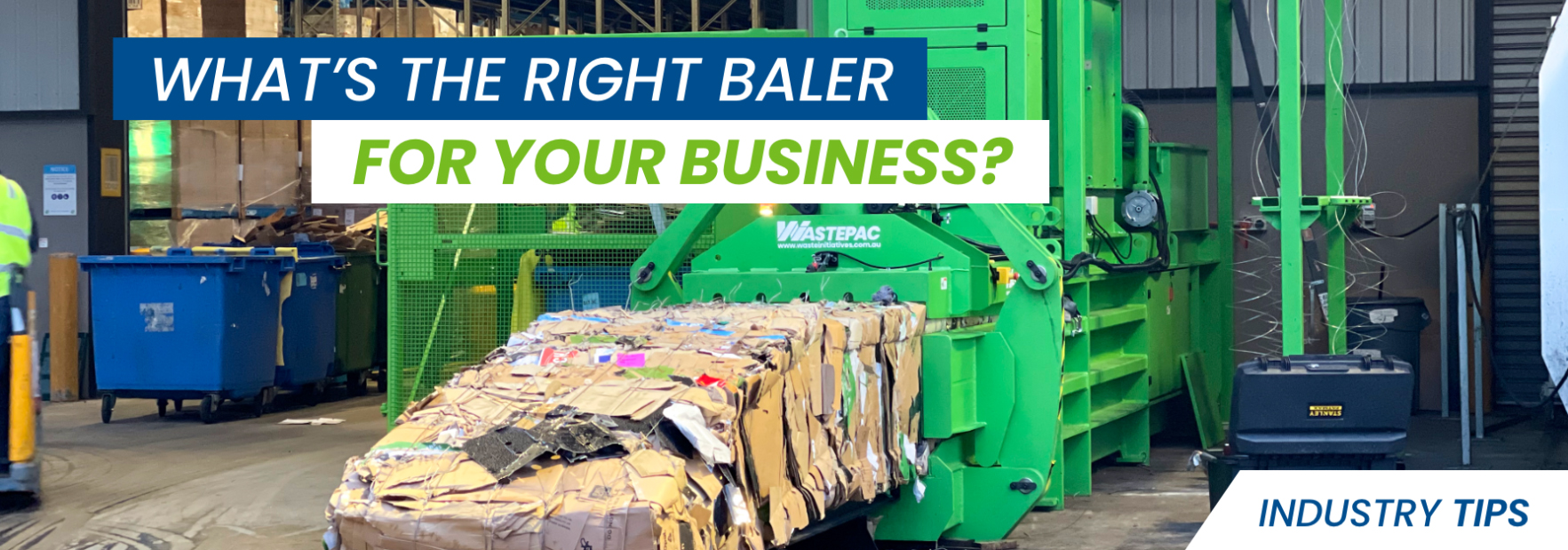What’s the Right Baler for Your Business?
A cardboard baler is a machine used to compress and store cardboard boxes, paper, and other recyclable materials. Owning a cardboard baler can significantly benefit companies that generate a large amount of cardboard waste, as it can reduce storage space, lower transportation costs, and increase recycling efforts.
There are two main types of cardboard balers: Vertical Balers and Horizontal Balers. Each type has its unique advantages and disadvantages.
Vertical balers are smaller in size and more compact than horizontal balers, making them an ideal solution for companies with limited space and a lower volume of cardboard waste. Vertical balers are easy to operate and maintain, making them a popular choice for smaller businesses. However, they have a lower compression rate, meaning they cannot store as much waste in a single bale as horizontal balers.
On the other hand, horizontal balers are larger and more expensive than vertical balers, but they offer a higher compression rate and can store more waste in a single bale. This makes them ideal for companies with high volumes of cardboard waste. In addition, waste Initiatives’ horizontal balers (CS, CM, and CL Series) have the ability to wire the bales through an auto-tie process, eliminating the need for additional costs for larger operations. Horizontal balers also have a longer lifespan and are more durable, making them a wise investment for companies that generate a lot of waste. The main disadvantage of horizontal balers is their size, making them difficult to fit in tight spaces and their higher operation and maintenance cost.
For businesses with smaller volumes of cardboard or plastic waste, the WastePac40 is often an ideal solution, with up to 2 tonnes of pressing force. However, for larger businesses with more substantial waste output, such as grocery stores or distribution centers, larger baler models are available. These include the WastePac100, with up to 6 tonnes of pressing force, and the biggest of them all, the WastePac 300 Low Height, with up to 20 tonnes of pressing force.
In conclusion, when choosing a cardboard baler, companies should consider the amount of cardboard waste they generate, the available storage space, and the level of operation and maintenance they are willing to undertake. Vertical balers are ideal for small companies with limited space and lower volumes of waste, while horizontal balers with automatic and semi-automatic tie-off functions are better suited for large companies with high volumes of waste and ample storage space. Regardless of the type of baler, investing in a cardboard baler can significantly improve a company’s waste management and recycling efforts.

